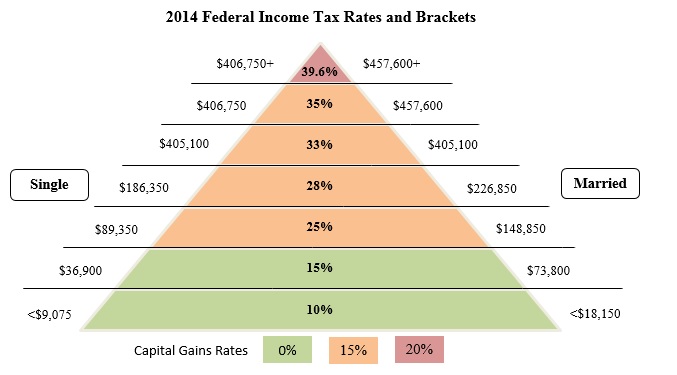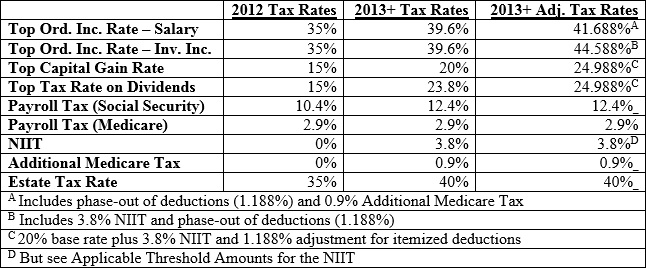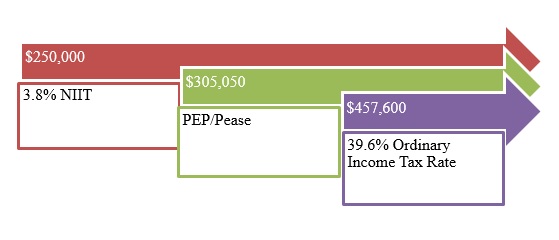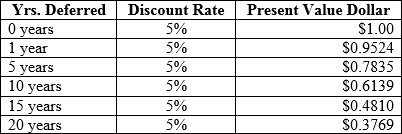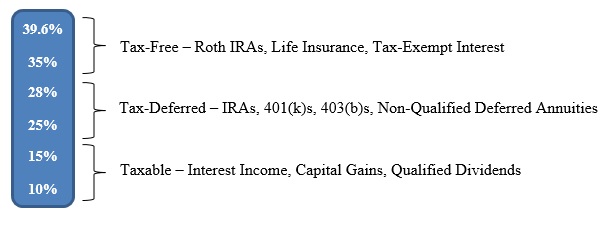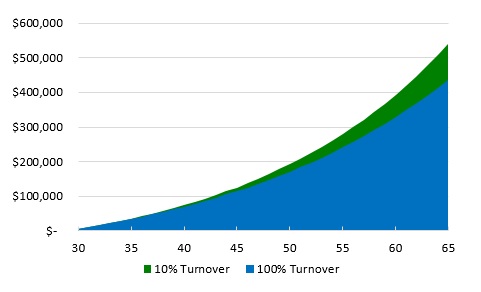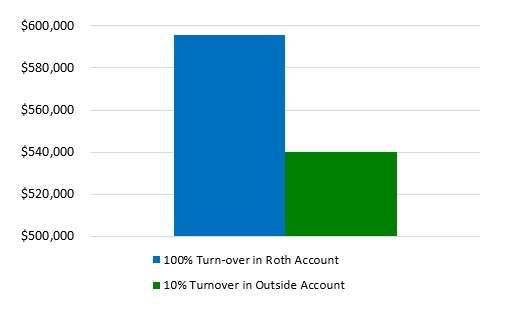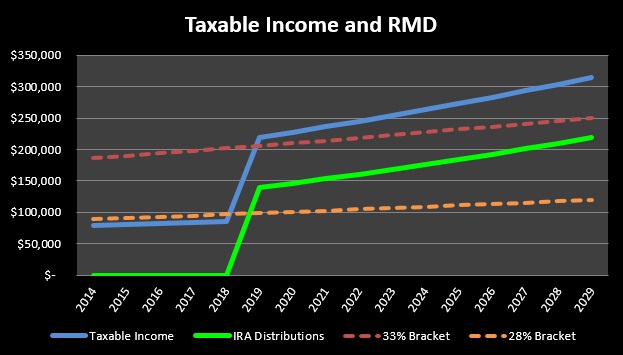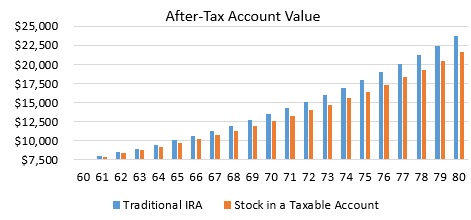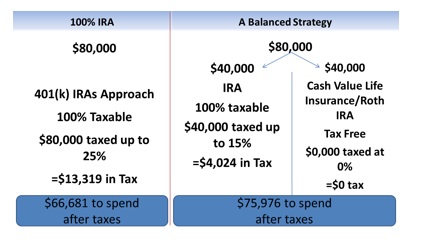ct.wolterskluwer.com writes: Both tax and nontax considerations must be considered when you determine how you want to structure your business. Corporations, both C corporations and S corporations, and limited liability companies (LLCs) provide distinct advantages over operating as a sole proprietorship or a general partnership.
Among these non-tax advantages are
- enhanced credibility, which makes it easier to obtain investment capital,
- protection of your non-business assets from business creditors and
- increased ability to plan for business succession.
However, there are also many tax advantages that can be achieved by incorporating or forming an LLC. These tax advantages vary from entity to entity. This article discusses the tax benefits ofoperating your business as an S corporation.
C and S Corporations Are Taxed Very Differently
The distinction between a C and an S corporation is purely the way they are taxed. For business law, compliance requirements, and asset protection purposes, they are identical creatures under state law.
However, with regard to taxation, an S corporation is very different from a C corporation.
CT Tip: C corporations get that name because they are governed by subchapter C of the income tax provisions of the Internal Revenue Code. S corporations are governed by subchapter S of the same Code.
To transform itself into an S corporation, a corporation files an election with the IRS using Form 2553 (Election by a Small Business Corporation). See our article “How to Make an S Corporation Election” for more information on when and how to file Form 2553.
This election affects the corporation’s taxes in two major ways:
- Income tax liability (both federal and state)
- Self-employment and employment tax liability
S Corporation Income Is Taxed on Shareholders' Tax Returns
As a result of this election, an S corporation does not pay corporate-level income tax. In an S corporation, all profits, losses, and other pass through items are allocated according to each shareholder based on that shareholder's proportionate shares of stock. This means that a shareholder with 50 percent of the stock must report—and pay taxes on—fifty percent of the corporation’s income, losses, deductions and credits.
This is an important distinction between operating as an S corporation and operating as a limited liability company (LLC). An LLC operating agreement can allocate different percentages (or even changing percentages over time) of different tax items to different members, without regard to their percentage of ownership. So, a member can be allocated 40 percent of the profits and 60 percent of the losses during the first three years of a business, and 60 percent of the profits after the third year.
Operating an S Corporation Can Lower Employment Tax Liability
In addition to paying income tax, everyone must also pay some type of employment tax on his or her earnings over the course of the year. An employee is liable for FICA (Federal Insurance Contribution Act) tax on one-half of the compensation received. The employer withholds this amount and pays it on behalf of the employee. The employer must also pay the employers’ share of the tax on the other half of the compensation.
Self-employed individuals—which include those who operate their business as an LLC—must pay SECA (Self Employed Contributions Act) tax on the entire amount of their self-employment income. When all of the LLC’s income passes through to the owners, self-employment tax is due on the entire amount. There is an offsetting deduction which helps re-establish parity between the employed and the self-employed.
CT Tip: With a pass-through entity—whether it is an LLC or an S Corporation—all the income is considered to be distributed, even if the owners chose to keep it in a business bank account. For example, if an S corporation with 3 owners has $300,000 in income then each owner will have to report $100,000 on his or her tax returns. This is true even if $150,000 of it remains in a corporate bank account. The ability to accumulate income is one hallmark of a C corporation.
Operating as an S corporation provides a way to reduce the amount of self-employment tax that the owners must pay because an owner can also be a corporate employee. This means that owner-employees can receive money from the corporation in two ways:
- Dividends: No employment tax is due on amounts received as dividends.
- Salary: Employment taxes must be paid on amounts received as salary.
By utilizing a combination of dividends and salary, an S corporation owner can reduce self-employment tax liability and generate wages-paid deductions that will reduce the amount of corporate income.
Warning: The allocation between salary and dividends must be reasonable. That is the salary must be in line with what would be paid for comparable work performed by an individual with comparable skills and experience.
The IRS closely scrutinizes transactions between shareholders and their S corporation—especially if those transactions have tax avoidance potential. The more stock you own and the more control you exert over the corporation, the more likely the transaction is to be examined closely.
Conclusion
It is unwise to select a business structure based solely upon tax considerations, but it is also unwise to neglect to consider the tax impact of your decision. The combination of pass-through taxation, which eliminates any risk of double taxation, and the ability to receive both salary and dividends can make the S corporation the best choice from a tax perspective. However, it is wise to discuss all your options, including your long-range growth plans, with your business advisors before making the S corporation election.
